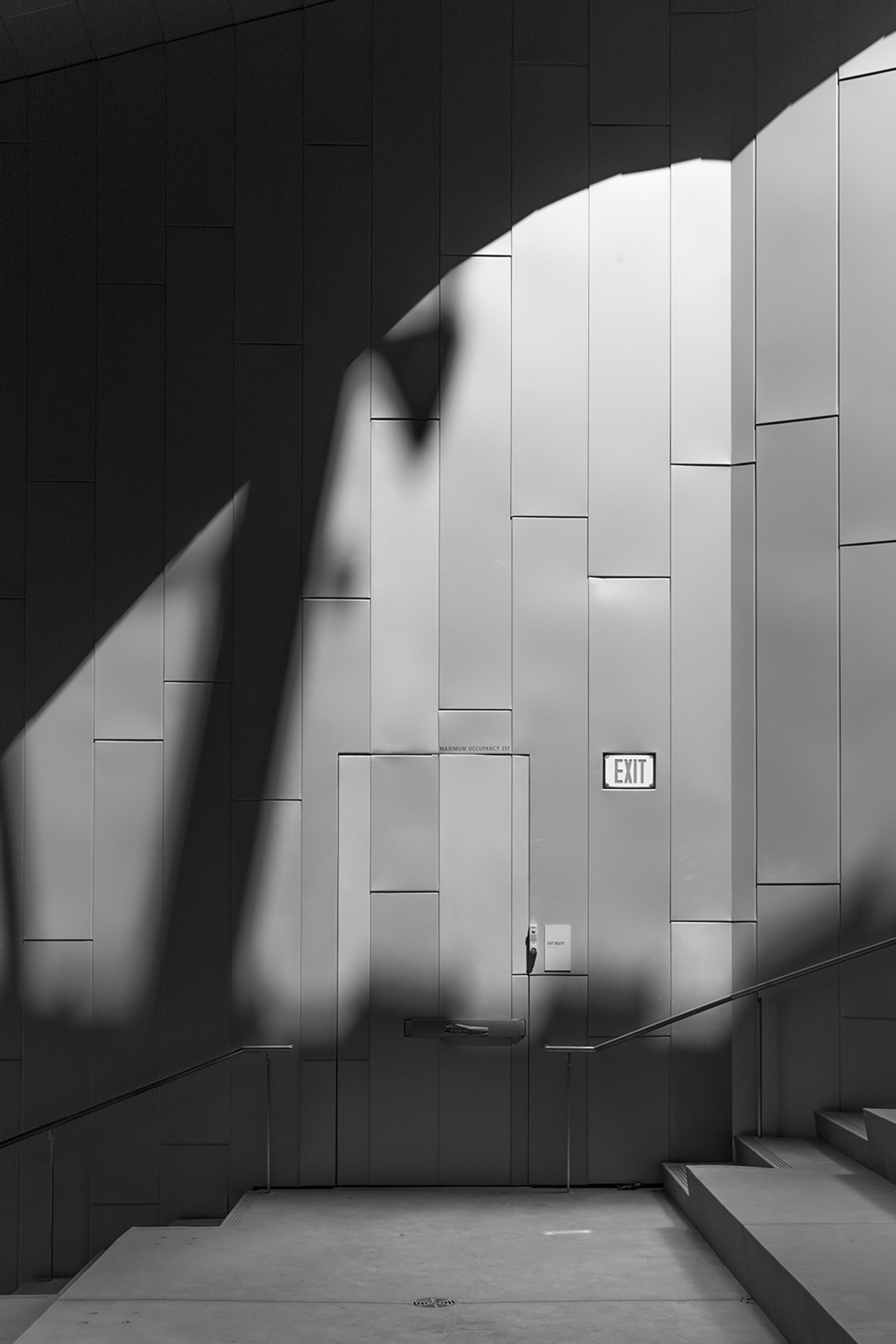01. Sometimes you go into an interview with all the right questions at the ready, the story shaping in your head before you record the first word. Meet Thom and Blythe Mayne of Ocean Park, Santa Monica. Thom is an architect, principal of Morphosis and Pritzker Prize winner who over the past 40 years has drawn a starchitect's map of Los Angeles: north to Beverly Hills and south to Long Beach, east to Pomona and west to Venice; Emerson College in Hollywood and the Caltrans Headquarters Downtown; the Science Center School in the shadow of the Coliseum and the Cahill Center at CalTech. Shaper of spaces and behaviors, builder of landscapes, destroyer of false narratives. Sometimes you just need to shut up and listen.



02. The world is full of objects, more or less interesting. For most of us, that world starts and ends with home. Home is the most important place in the world, as IKEA reminds us. We fill our homes with objects, some functional, some just fun: flea market finds, Craigslist compromises, souvenirs and leftovers of where we’ve been, when we’ve lived, who we’ve known. Every home is a messy memento of art, craft, and kitsch, the pornography of the past. These things reveal us more than the form of the space we inhabit, just as a book is judged not by its paper and glue but by words on the page. Just as in the Maynes’ home guests always remember the shower in the living room, not the strange glass box surrounding it.




03. As Mayne tells it, “LA lives perpetually in the future. The same notion of the future that existed in the 50s exists today, and it never arrives. It’s a fantastic environment for anybody in the creative territory because they’re living in the future they’re all looking for.” Los Angeles was always more relaxed, more experimental. A playground really, where you used whatever materials you have on hand, where you took risks, where you embraced openness. "That’s what makes LA so interesting, that desire for the new, which leads to experiment, which leads to new ideas."


04. When I was young I dreamed of covering my room in aluminum foil, a spaceship in the attic. Why does the future make me think of silver? So many of Thom Mayne’s buildings are seemingly shaped from that color, converging, colliding and shining surfaces of further and further complexity. They are structures of computed perfection clad in metal skin and theory, apparitions of how we see the future and how we imagine we will live and work within it.


05. “In architecture, you don’t have a lot of control over your own life. You do the best work you can do, and you depend on someone appreciating it and calling you. It’s not like you go out and say you want to build an airport. Somebody has to hire you. It makes you somewhat fatalistic in a way. All I can do is live by the moment, do the best I can, and see where it takes me. I neither anticipate it nor control it, I’m just making day to day decisions, living in the moment. Something takes place, you make a decision and it takes you someplace, and you’re moving towards more sophisticated, more interesting, more complex problems. And in architecture that’s where you want to go.”



06. The Maynes are moving. They are building a new home a couple miles inland in Cheviot Hills, on the sloped site of the old futurist Ray Bradbury’s old yellow Colonial. Inspired by the iconic Case Study homes and Archigram’s radical, optimistic, morphing visions of what the future could look like, it is a “grown up version” of their current home, that place with the shower in the living room. There will be no shiny silvery metal. They’re playing around with a bronze green camouflage cladding within a submerged landscape of new plantings, a disappearing act of a home fading in and out of view. The metal skin will still be a shock to this neighborhood of fake Spanish villas and French provincials; new, modern homes made to look like the past because the people living in them are more comfortable living in the past.




07. “In LA we still live in the future, but it’s not a specific future. There’s no particular trajectory, there’s just possibility. LA is an experiment that’s almost unique in the world. I work in Japan, Korea, Italy, and there’s still tribes. Then I come back to LA and I’m reminded there’s a hundred different languages. We’re living in this experiment and you can almost anticipate spontaneous stuff going on. You don’t know what it is, but if there’s anything that’s gonna take place, it seems like this is a pretty interesting environment for it. It makes it a very vital place today. Forget about the future. You can come here and feel that something can happen and you can make some future, and it might be much more interesting than one you can invent. I don’t need to invent a future. Let’s just see what happens and play it out.”

08. The Maynes haven’t really decided on what they’re taking with them and what they’re leaving behind, but they're making something that’s loose enough, that’s flexible enough to play around with. “I want to create a simpler notion of form that’s more about experience — functions of things that represent our lifestyle more than the form of the thing.” The things that make a house a home.

See additional work on Morphosis' website.


